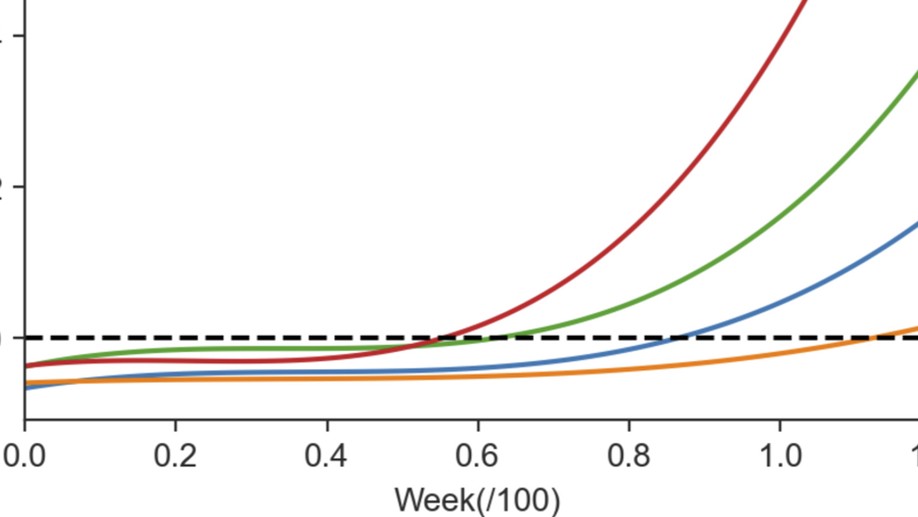Assistant Professor
University of California Riverside
Biography
Wei Kang is an Assistant Professor at the Center for Geospatial Sciences (CGS), School of Public Policy, University of California Riverside. Her research interests are methodological - spatial statistics/econometrics, as well as empirical - housing, urban & neighborhood change, inequality, growth, and sustainability. Her current projects focus on housing and open source spatial data science. She is the core developer and maintainer of the widely used open-source spatial analysis python library – PySAL.
Interests
- GIScience & Spatial Statistics & Spatial Econometrics & Urban Data Science
- Housing & Urban and Neighborhood Dynamics & Sustainability
- Economic Growth/Mobility & Spatial Inequality
Education
-
PhD in Geography, 2018
Arizona State University
-
MSc in Cartology and GISystem, 2014
Peking University
-
BSc in Geographic Information System, 2011
Wuhan University
